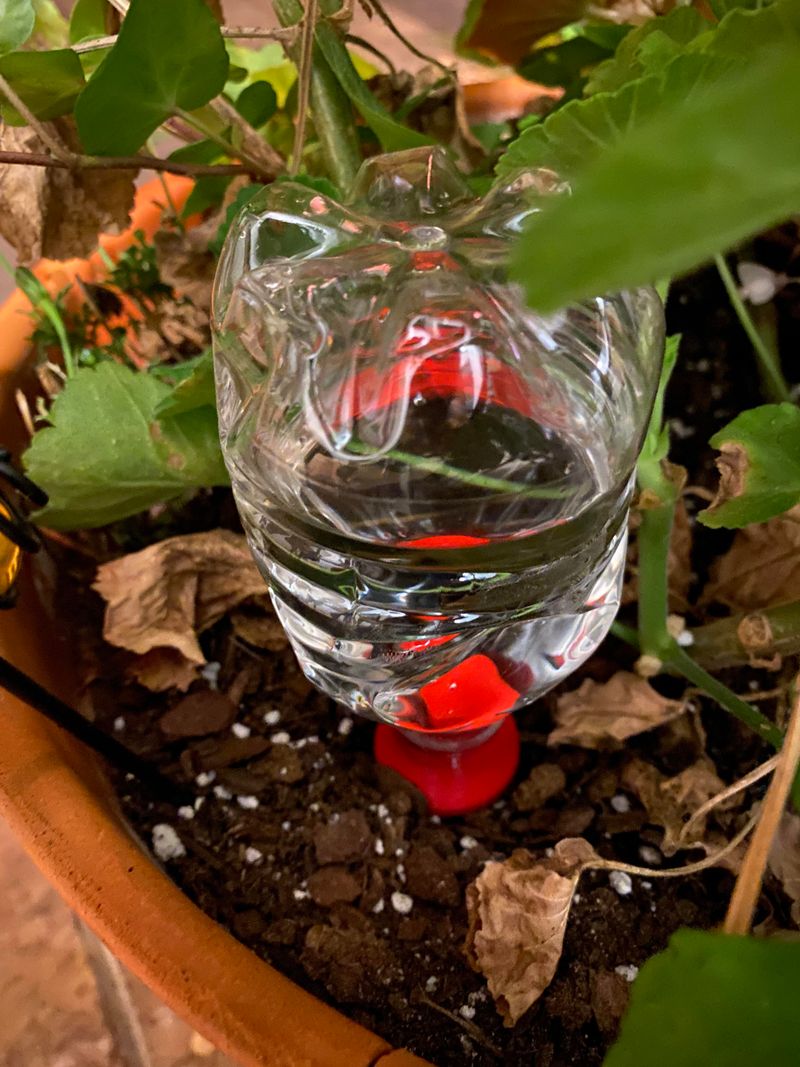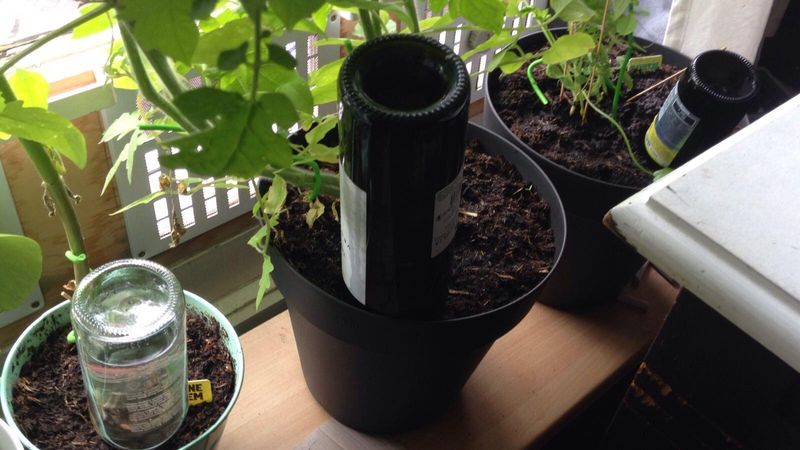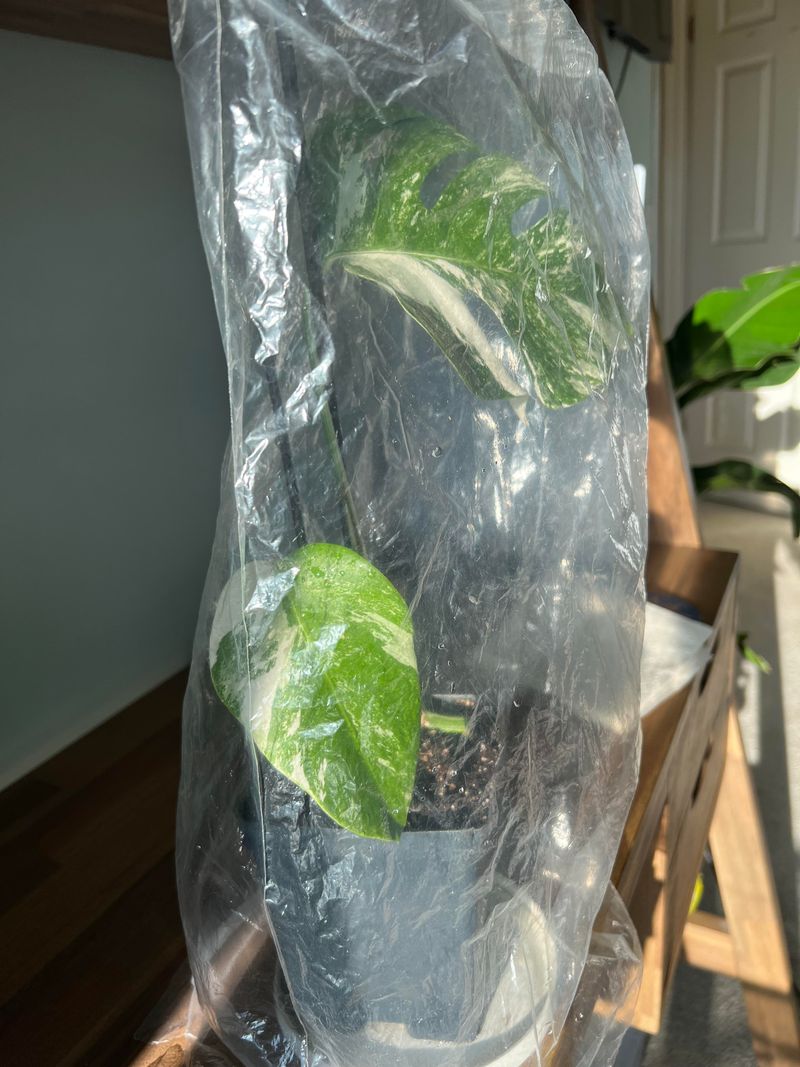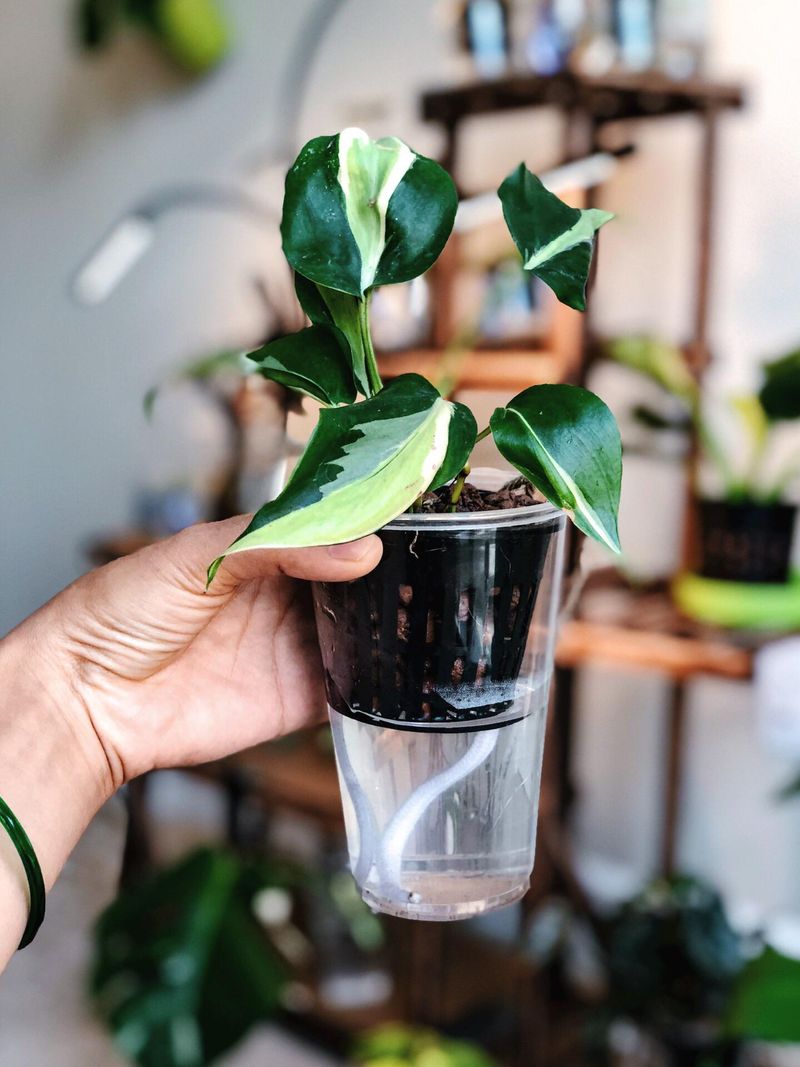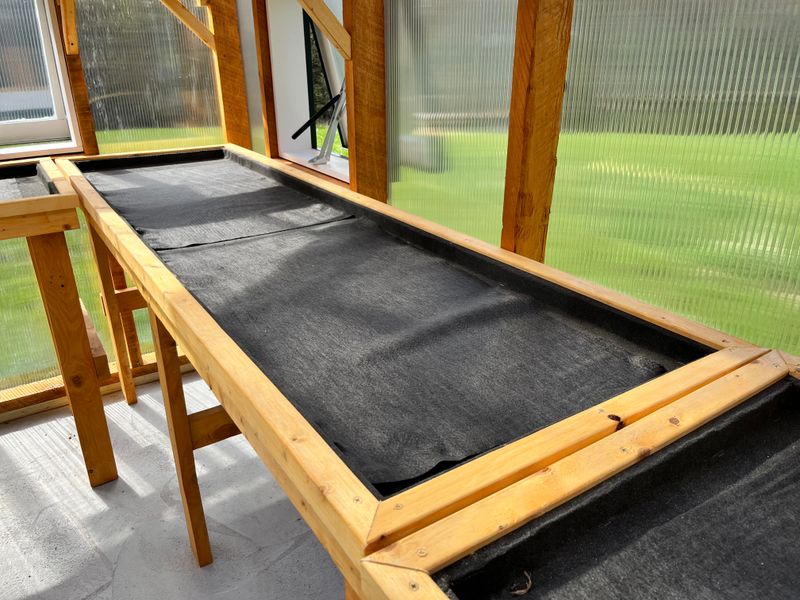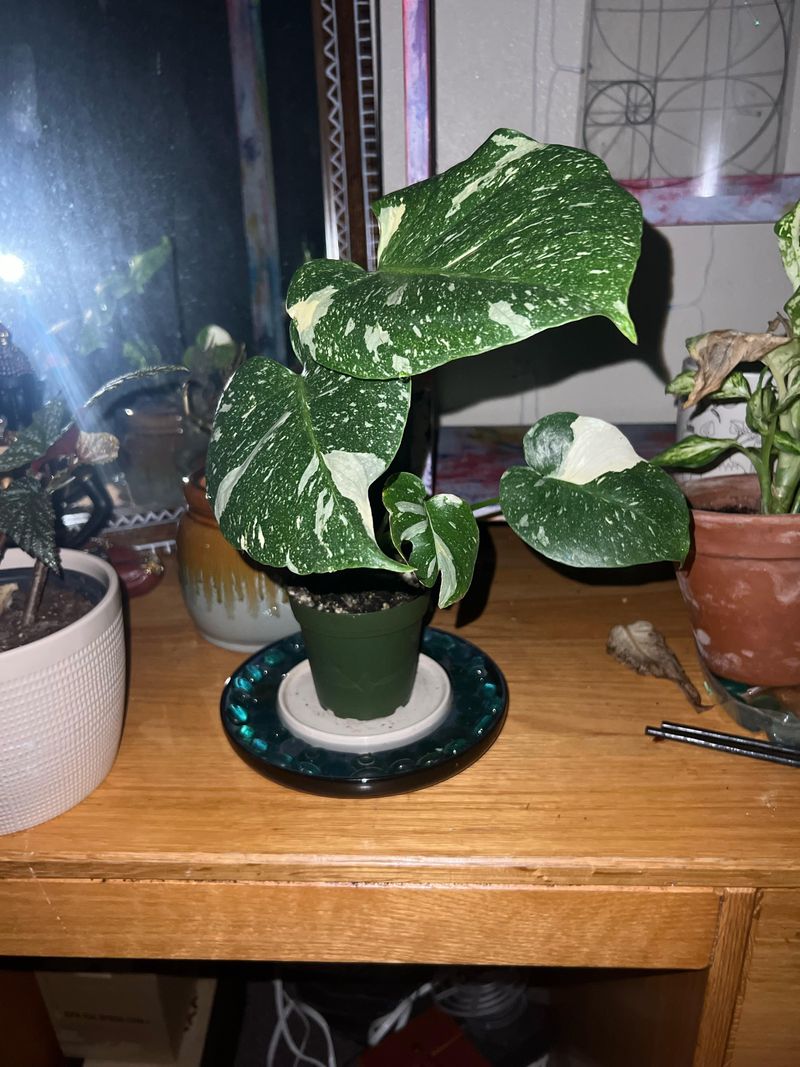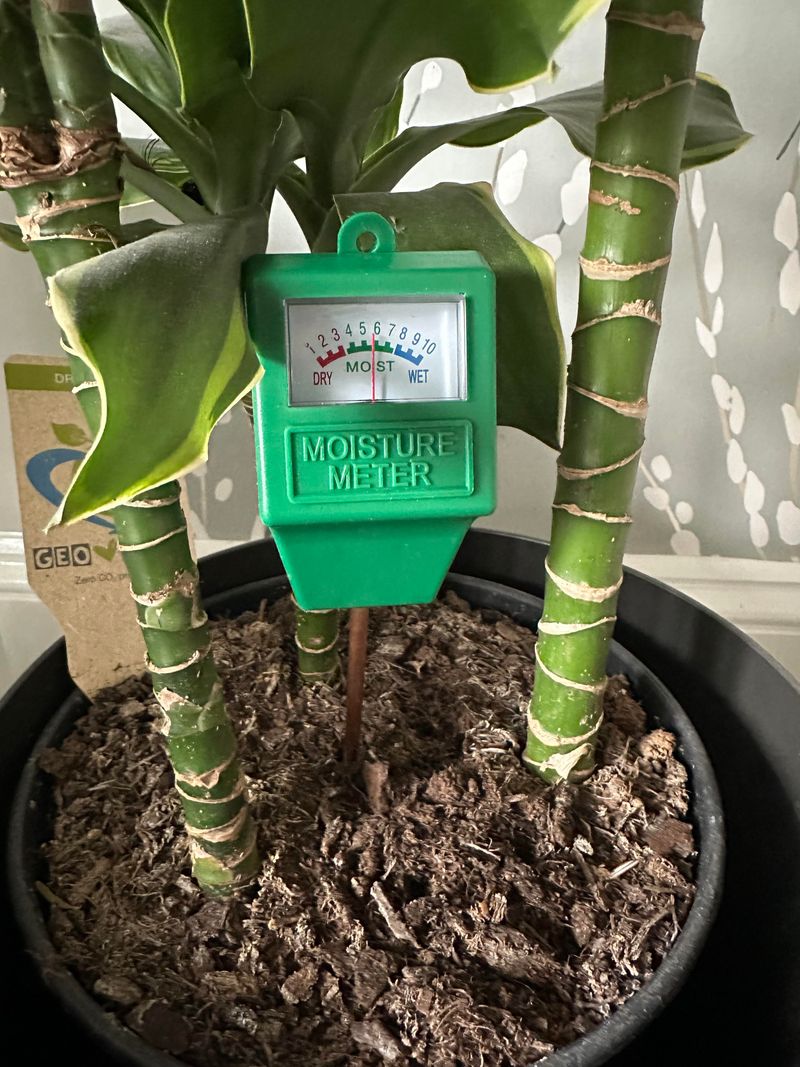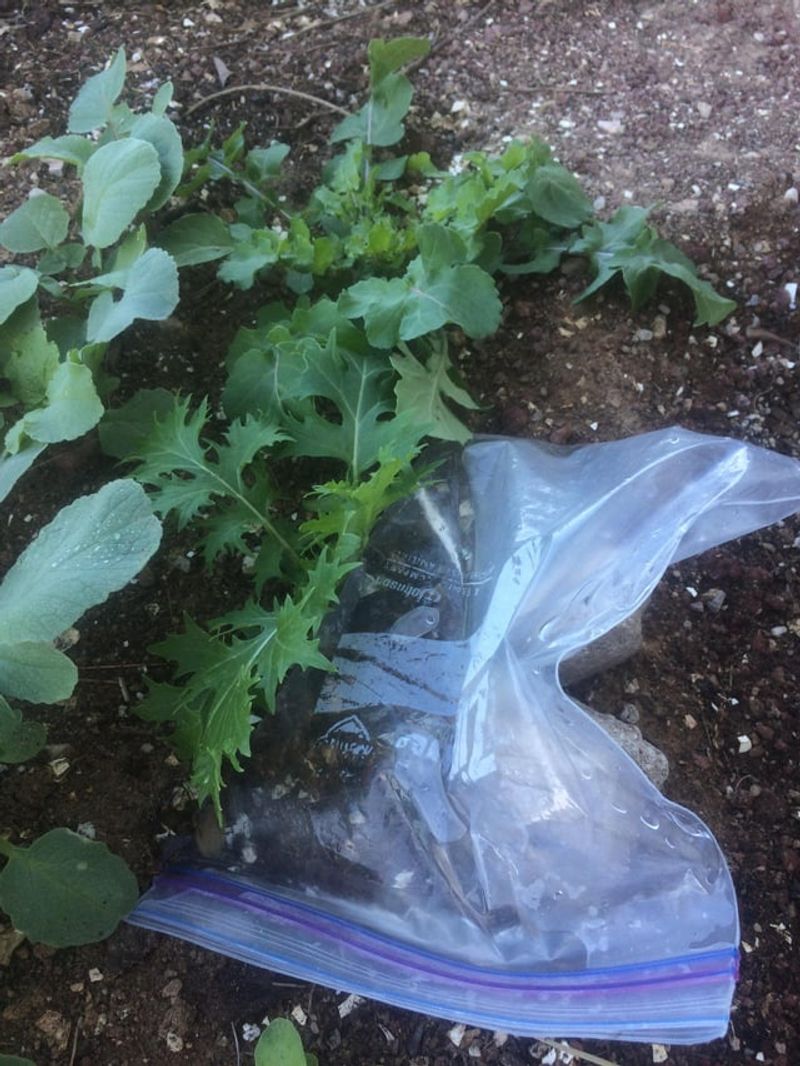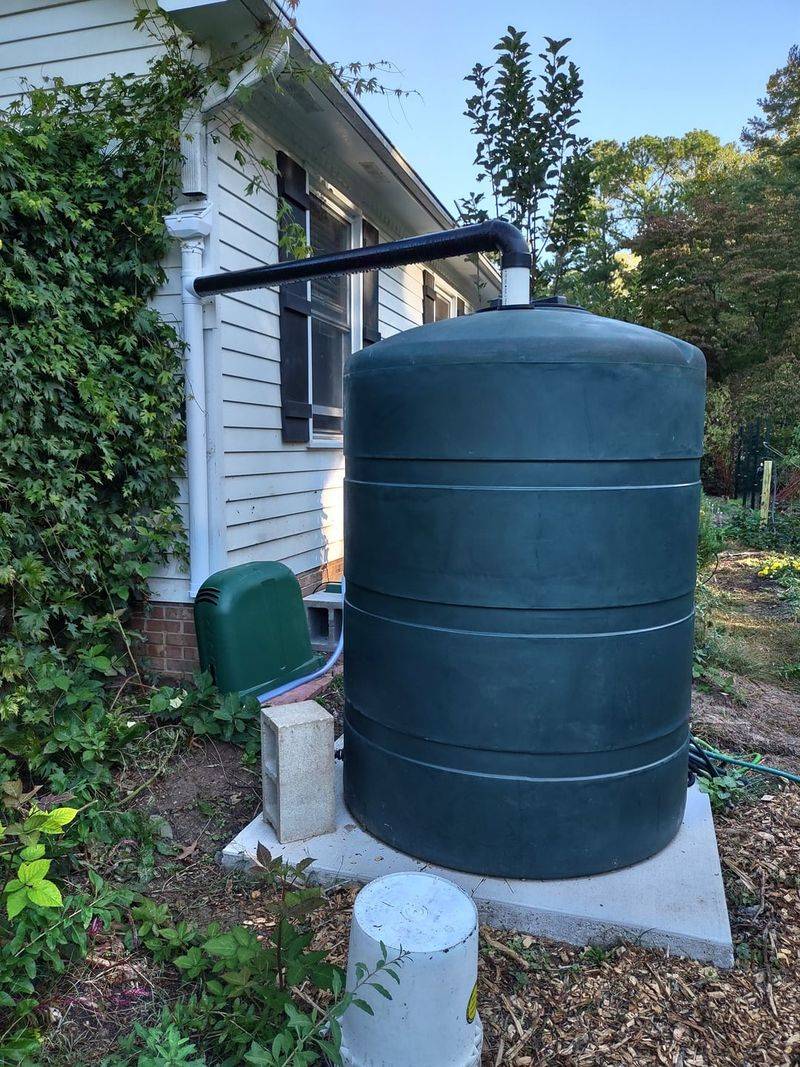Leaving for a few days but don’t want to come back to wilted plants? These 17 tips will help you keep your plants hydrated and happy, even while you’re away.
From self-watering setups to clever tricks, you’ll find simple solutions that work for any plant lover. No need to worry about daily watering—just set it up and enjoy your time away.
Keep reading for the ultimate guide to plant hydration on the go!
1. Use Self-Watering Pots
Self-watering pots are the unsung heroes of plant hydration. These nifty containers come with built-in reservoirs, ensuring your plants get just the right amount of water. No more guesswork or overwatering!
The mechanism allows plants to absorb water as needed, mimicking natural processes. Perfect for those who travel often or forget to water their plants.
Plus, they’re a stylish addition to any home decor. You’ll return to find your plants as vibrant as when you left. Consider investing in a few to see the difference!
2. Create a Drip System
Ever thought of turning old plastic bottles into plant saviors? A DIY drip system is both eco-friendly and effective. Simply fill a bottle with water, make small holes in the cap, and place it upside down in the soil.
The slow drip ensures consistent moisture, reducing the risk of underwatering. It’s a simple method that requires minimal materials and effort, yet yields impressive results.
Perfect for vegetable gardens or potted plants, this technique keeps your greenery lush with minimal oversight.
3. Use a Plant Nanny
Meet the plant nanny—your plants’ new best friend. These clever devices use terracotta stakes combined with water-filled bottles to ensure consistent moisture.
As the soil dries, it draws water from the reservoir, providing a steady supply. Ideal for frequent travelers, plant nannies come in various designs to match your aesthetic needs.
They’re easy to set up and require little maintenance, making them a favorite among busy plant lovers. Your plants stay hydrated, and you can relax, knowing they’re in good hands.
4. Group Plants Together
Plants are social creatures, believe it or not. By grouping them together, you create a microenvironment where humidity levels are naturally higher.
This mini greenhouse effect helps reduce evaporation, keeping soil moist longer. It’s a simple and natural way to enhance plant hydration, especially in dry climates or during hot seasons.
Plus, it transforms your space into a lush, green oasis. It’s a win-win for both your plants and your home’s ambiance.
5. Mulch the Soil
Mulching is not just for garden beds—your potted plants can benefit too. A layer of organic mulch helps retain moisture, reducing evaporation and keeping roots cool. It’s a simple, effective method to maintain hydration. Use materials like bark, straw, or even shredded leaves.
Not only does mulch conserve water, but it also enriches the soil as it breaks down. It’s an easy, natural way to keep your plants happy and hydrated.
6. Use Hydrogel Crystals
Hydrogel crystals are a gardener’s secret weapon. These water-absorbing gems expand when wet and slowly release moisture back into the soil. Perfect for potted plants and garden beds alike, they reduce the frequency of watering.
Simply mix them into the soil before planting, and let them work their magic. Your plants will thrive with the steady moisture supply, making these crystals a must-have for any plant lover.
7. Install a Timer on Sprinklers
Technology can be a gardener’s best friend, especially when it comes to watering. Installing a timer on your outdoor sprinklers takes the guesswork out of plant care. Set it to water during cooler parts of the day to minimize evaporation.
This ensures your plants receive the right amount of water consistently, even when you’re not around. It’s a practical solution for maintaining a lush garden without the hassle.
8. Utilize an Automatic Plant Watering System
For those seeking a hands-off approach, an automatic plant watering system is ideal. These systems use tubes and a water reservoir to hydrate multiple plants at once. Set the timing and amount, and let technology handle the rest.
They’re perfect for plant enthusiasts with busy schedules or extended travel plans. Your plants will thank you for the consistent care, and you’ll appreciate the time saved.
9. Cover Plants with a Plastic Dome
Ever thought of giving your plants a little greenhouse? Plastic domes trap moisture and create a humid environment, reducing water loss through evaporation. It’s a nifty trick for maintaining plant hydration, especially in dry weather.
These domes are easy to find or make and can be reused, making them a practical and cost-effective solution. Your plants will thrive in their cozy mini-greenhouses.
10. Use a Wicking System
Wicking systems are a clever, low-tech way to keep your plants hydrated. Using absorbent materials like cotton yarn, water travels from a reservoir to the plant’s soil. It’s a steady supply of moisture with minimal effort required.
Ideal for those who prefer DIY solutions, they’re easy to set up and efficient. Say goodbye to frequent watering and hello to happy, healthy plants. It’s a win-win for busy plant parents.
11. Place Plants in Bathtub with Water
Sometimes, the simplest solutions are the best. Placing your houseplants in a bathtub with a bit of water at the bottom creates a humid environment. The water keeps the air around the plants moist, reducing the need for frequent watering.
It’s a quick fix for vacations or busy weeks. Just remember to avoid over-soaking and to ensure pots have drainage holes. This method is perfect for families with multiple plants needing care while you’re away.
12. Use a Capillary Mat
Capillary mats are a fantastic way to ensure your plants receive consistent moisture. These mats draw water from a reservoir, keeping the soil damp without overwatering. Perfect for indoor plants, they’re easy to set up and require little maintenance.
Just place your pots on the mat and let them absorb as needed. It’s an excellent solution for busy individuals seeking to maintain plant care without daily watering.
13. Set Up a Simple Watering Globe
Watering globes bring both functionality and fun to plant care. These attractive glass bulbs slowly release water into the soil, maintaining hydration levels. Just fill them and insert into the soil, and they’ll do the rest.
They’re perfect for forgetful plant owners or those frequently away from home. Plus, they add a splash of color to your plant displays. It’s a win-win for both aesthetics and practicality.
14. Try the Pebble Tray Method
Pebble trays are a dual-purpose tool for plant care. The water in the tray evaporates, increasing humidity around the plants, while the pebbles prevent soggy roots. It’s a simple yet effective method to keep your plants comfortable, especially in dry conditions.
Just ensure the water doesn’t touch the bottom of the pots, and your plants will thrive with the added moisture in the air. It’s a great way to enhance both plant health and indoor ambiance.
15. Invest in a Plant Moisture Meter
Understanding your plant’s needs is crucial for their well-being. A moisture meter takes the guesswork out of watering by providing real-time data on soil moisture levels.
This handy gadget helps prevent over or underwatering, ensuring your plants get just what they need. It’s a great investment for any plant enthusiast, offering peace of mind and healthier plants!
16. Use a Slow-Release Watering Bag
Slow-release watering bags are a practical solution for outdoor plants. These bags gradually release water over time, ensuring consistent hydration. They’re easy to install and ideal for garden beds or shrubs. Perfect for longer absences, they eliminate the need for daily watering.
With these bags, you can enjoy your time away, knowing your plants are receiving steady care. They’re a gardener’s best friend during vacations.
17. Install a Rain Barrel
Harnessing rainwater is not only eco-friendly but also beneficial for plant care. Installing a rain barrel allows you to collect and store rainwater, providing a natural watering source. It’s a sustainable way to keep your garden hydrated without relying on tap water.
Use it to water your plants during dry spells, reducing reliance on municipal water. It’s a win-win for your plants and the environment.



